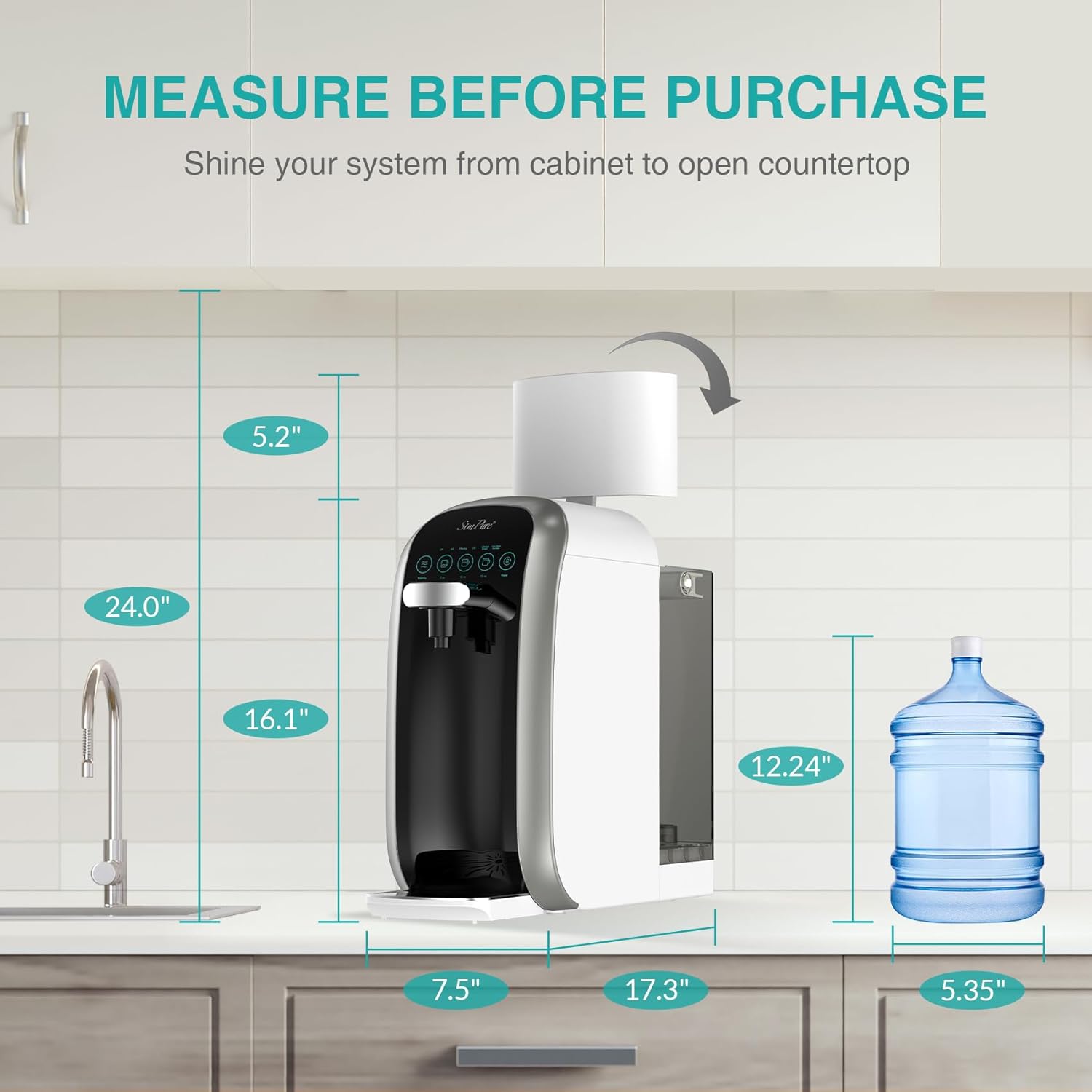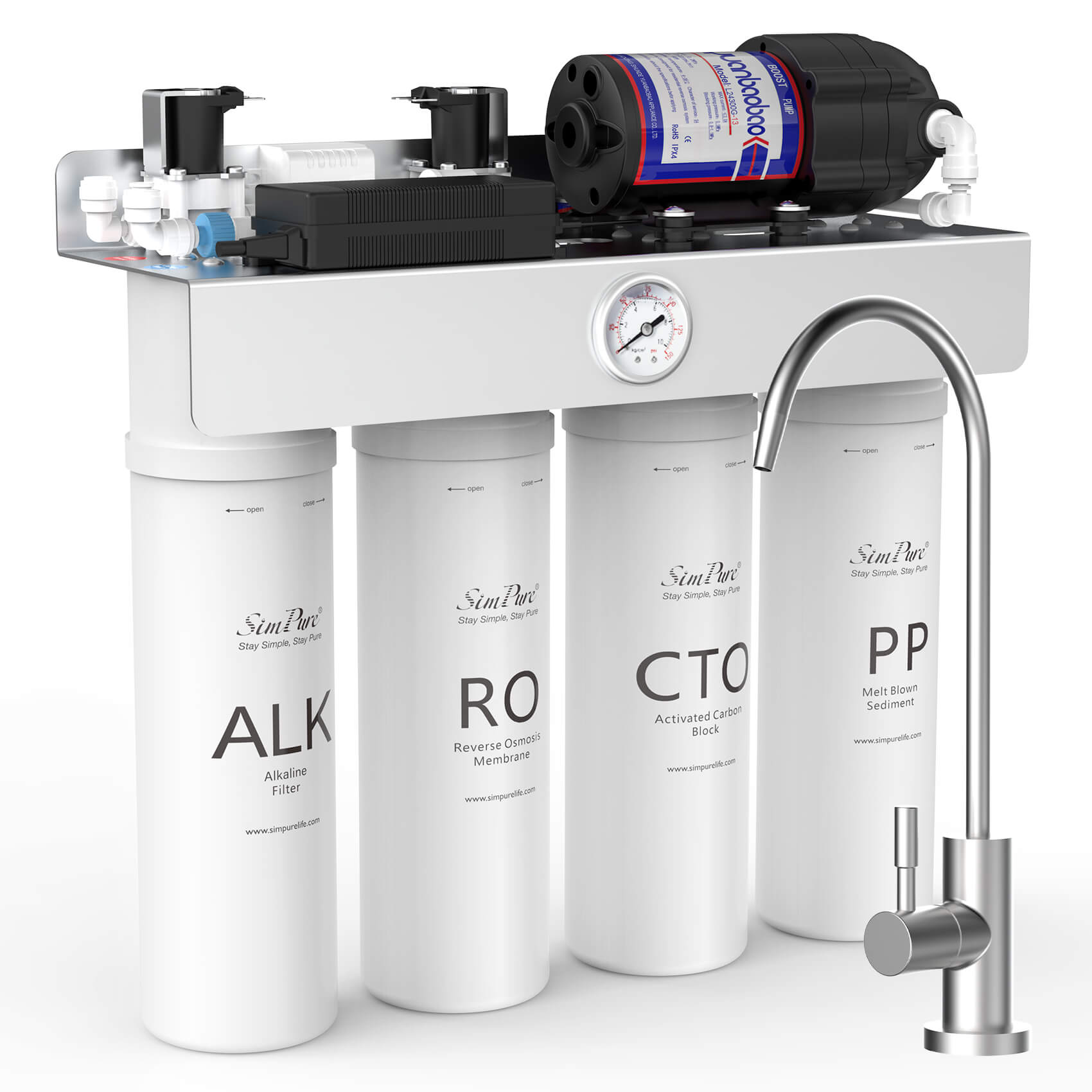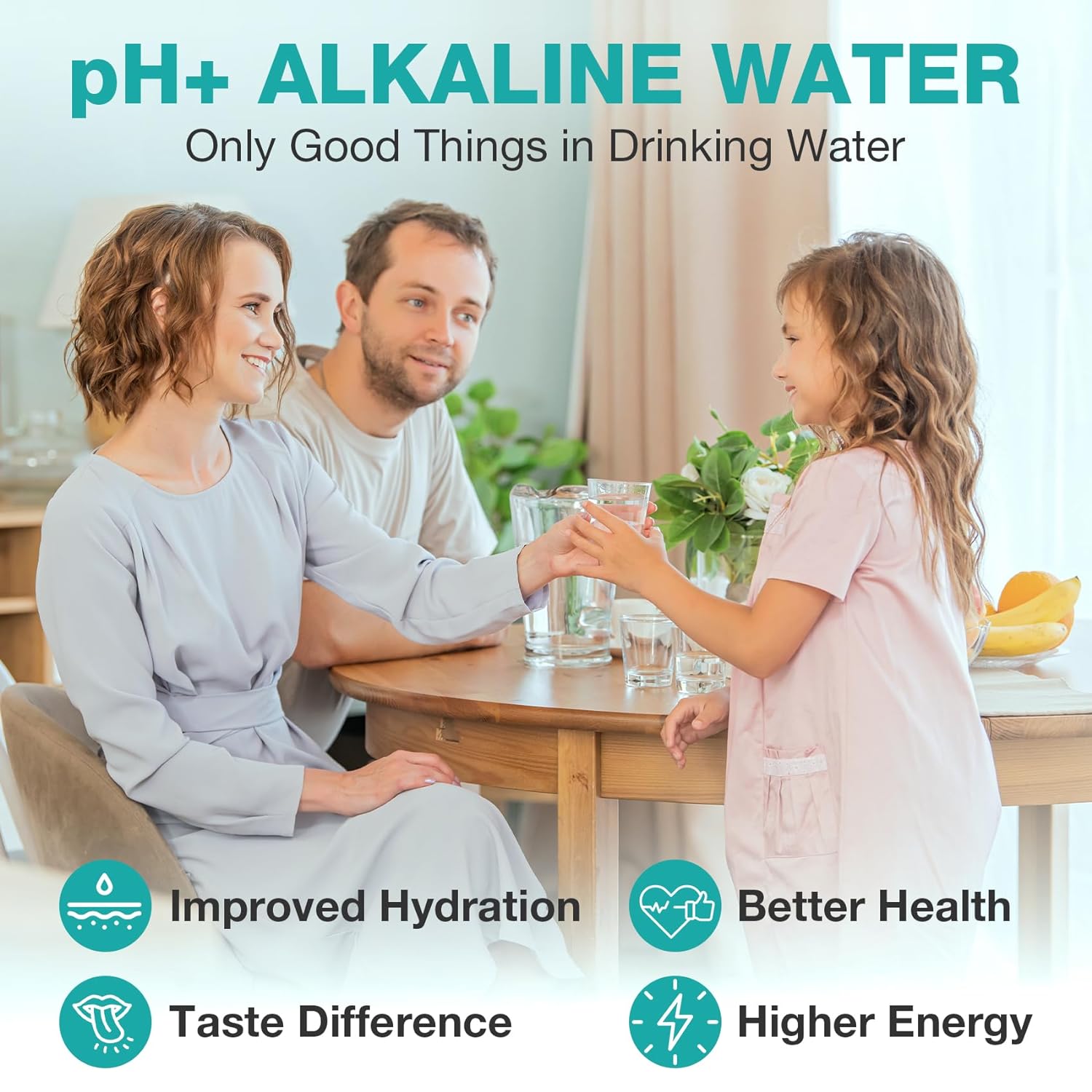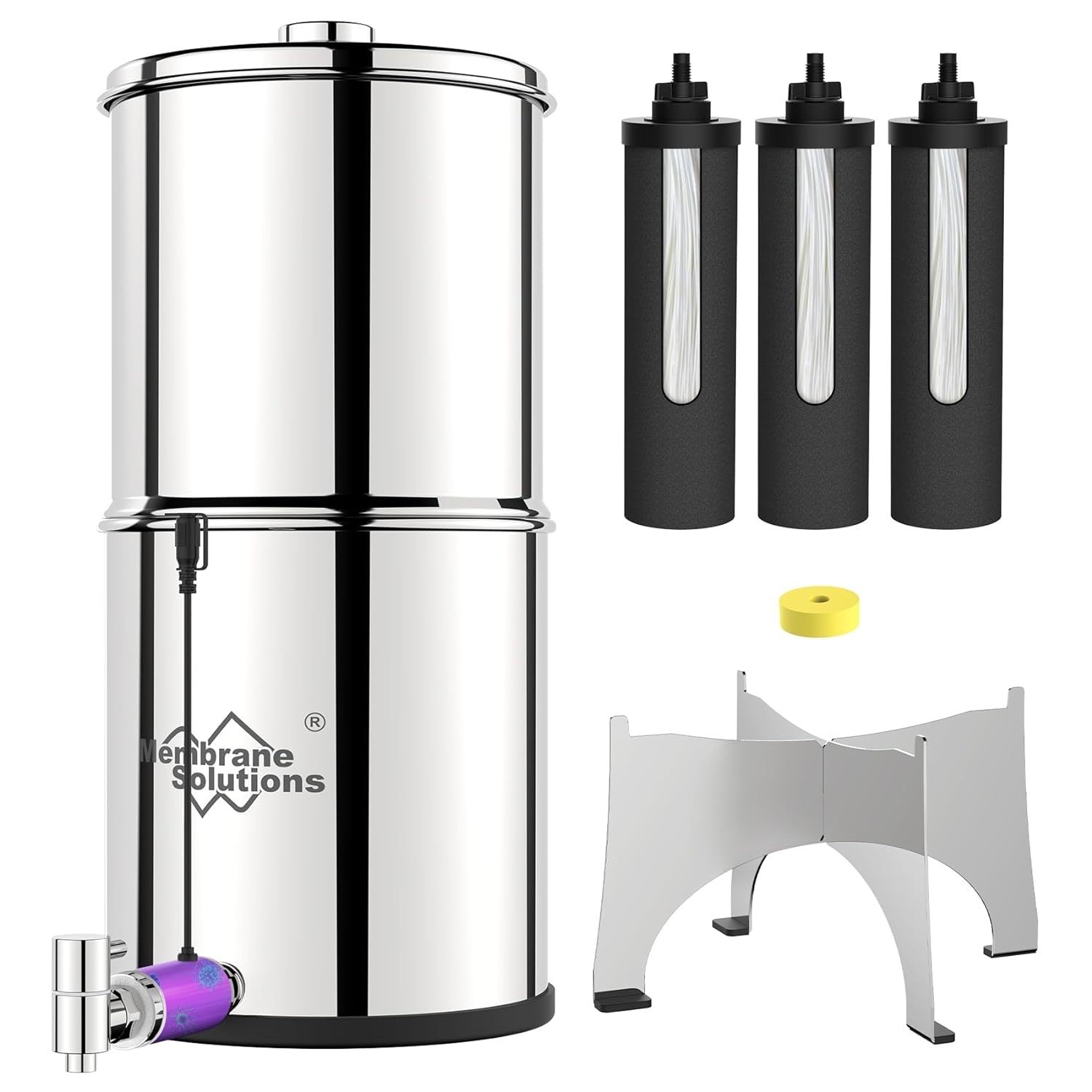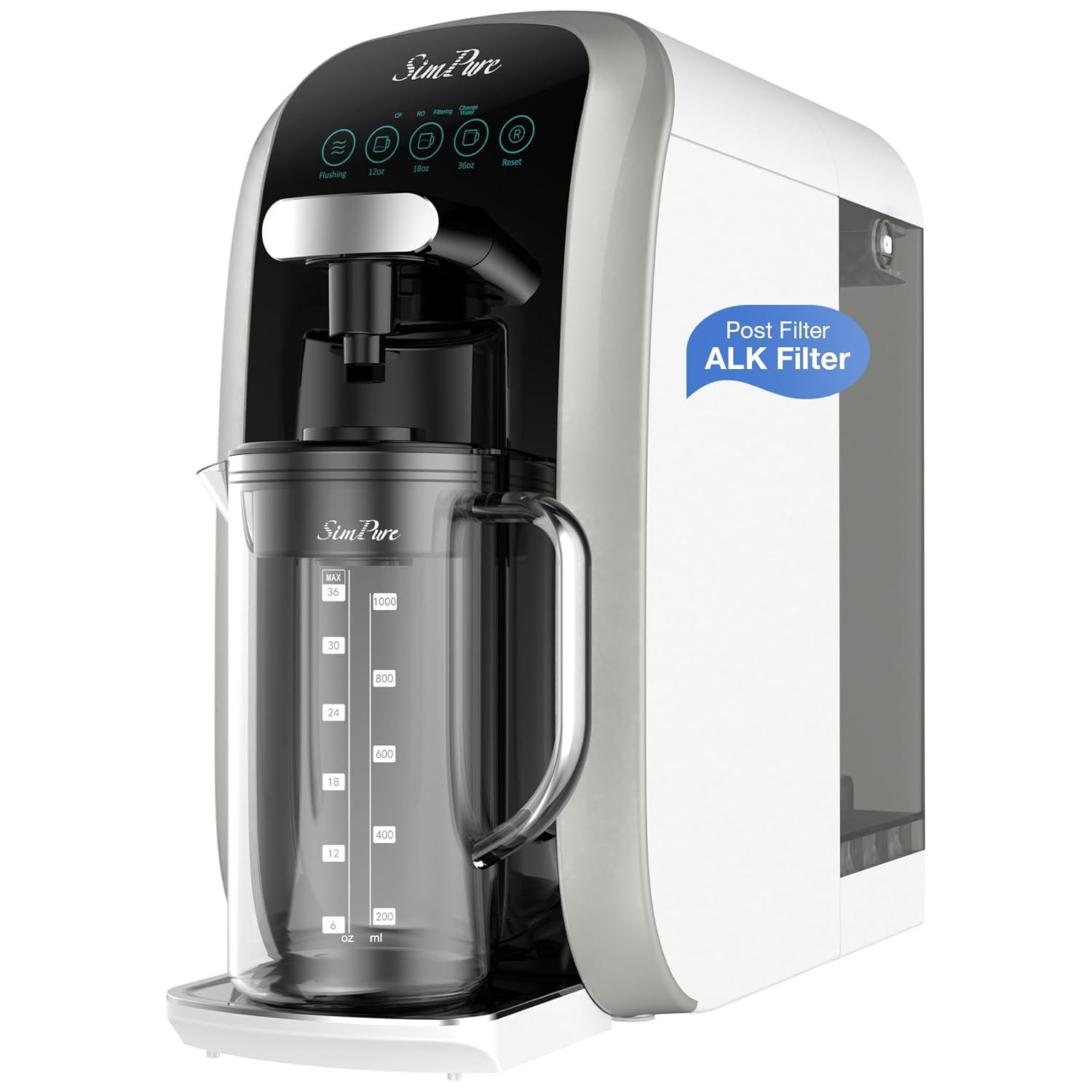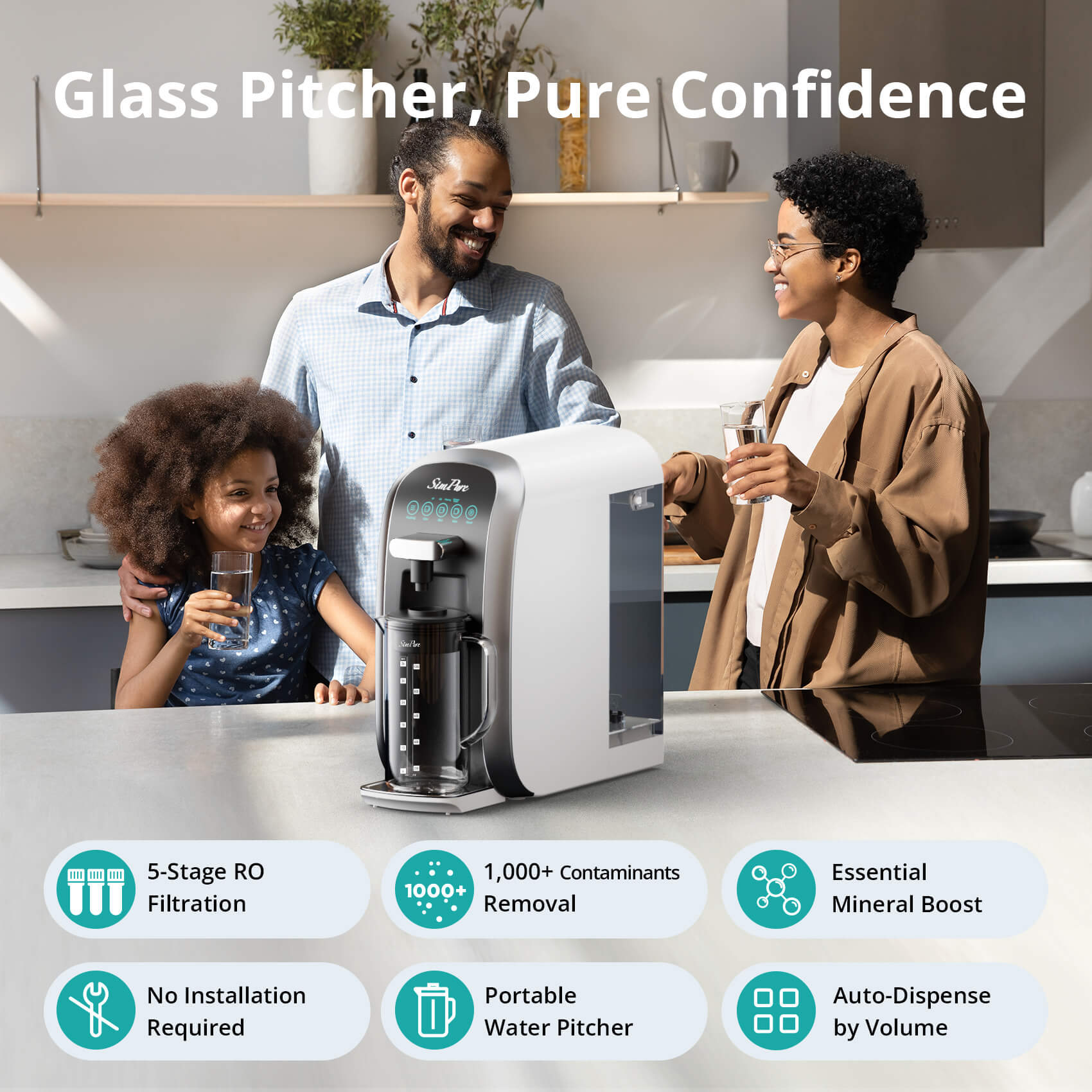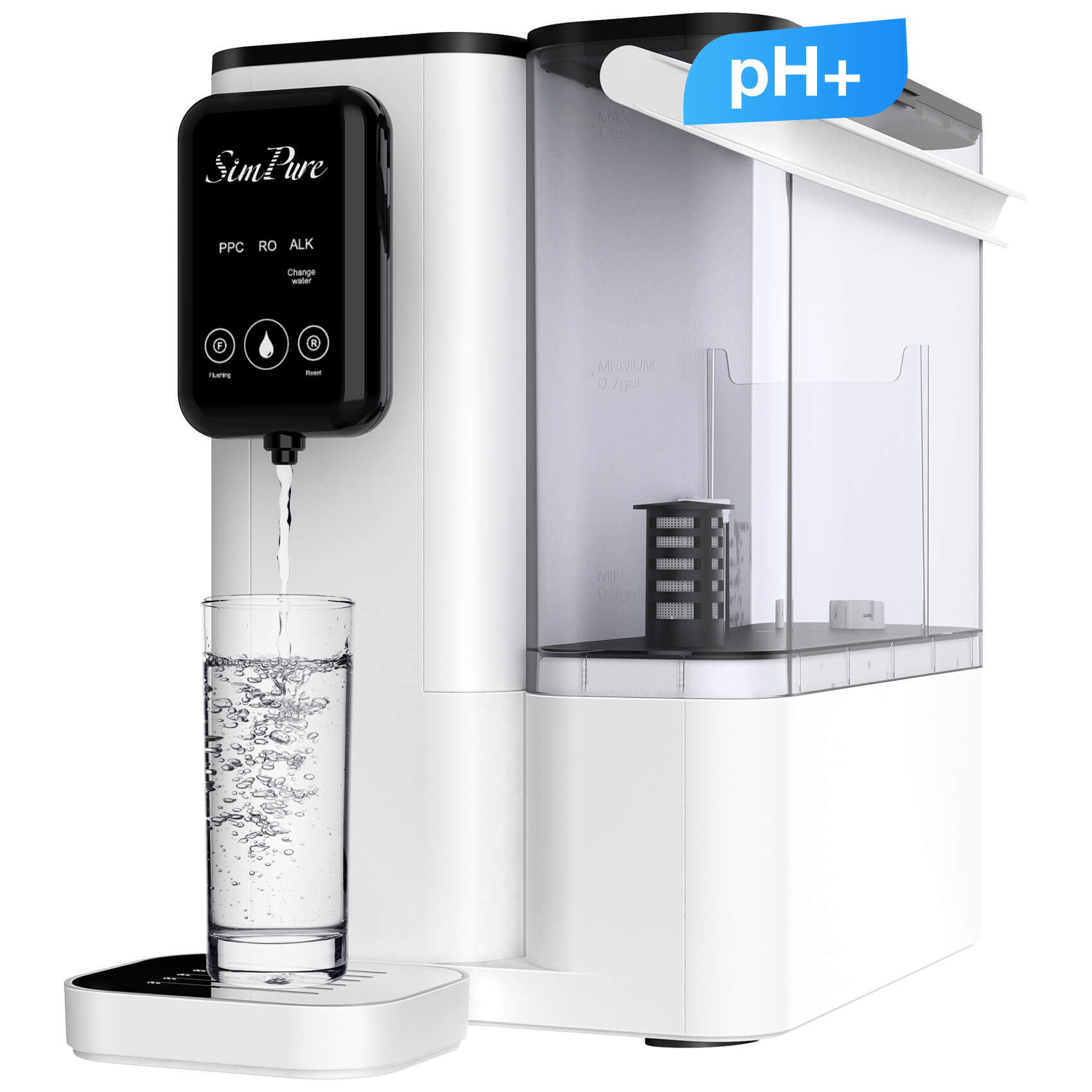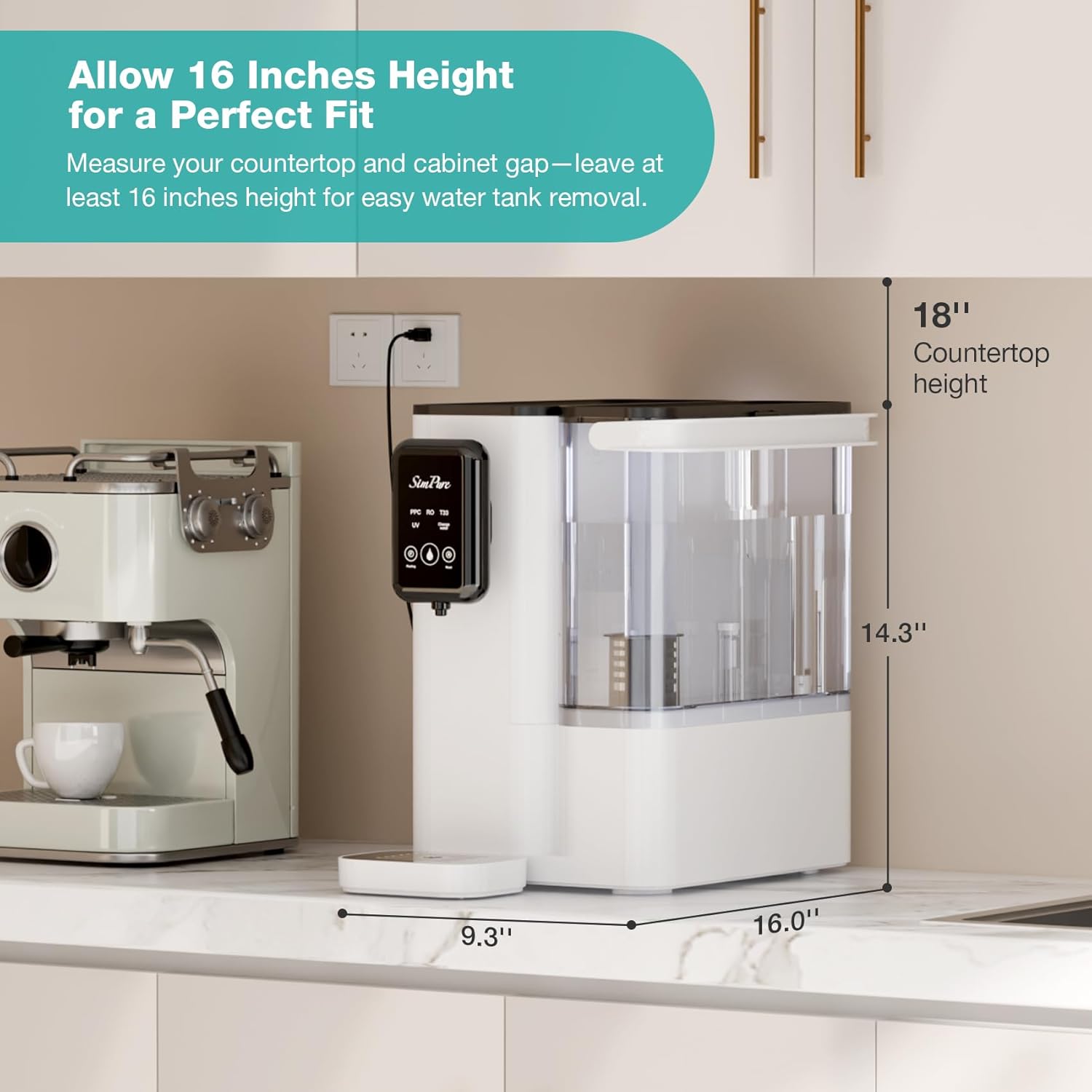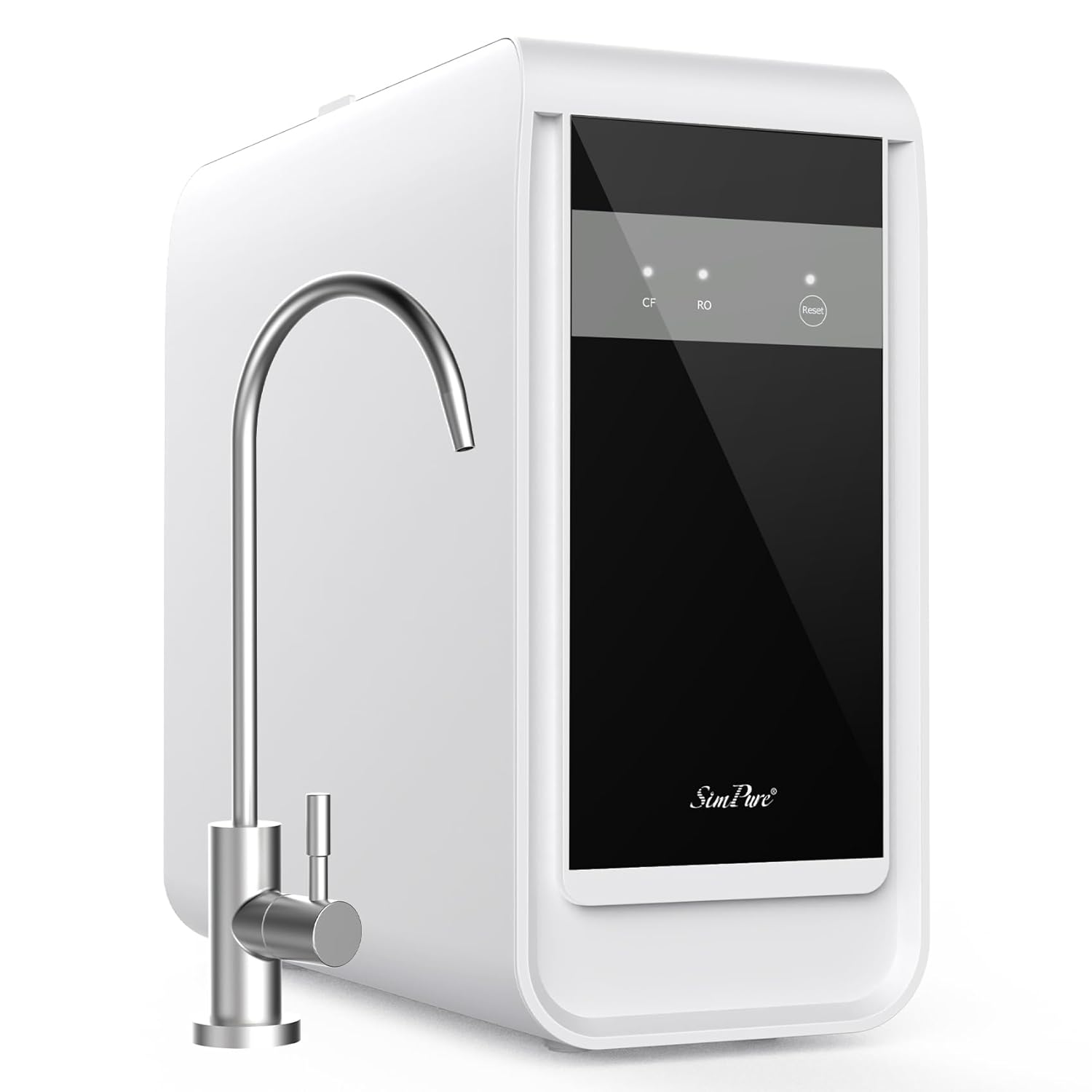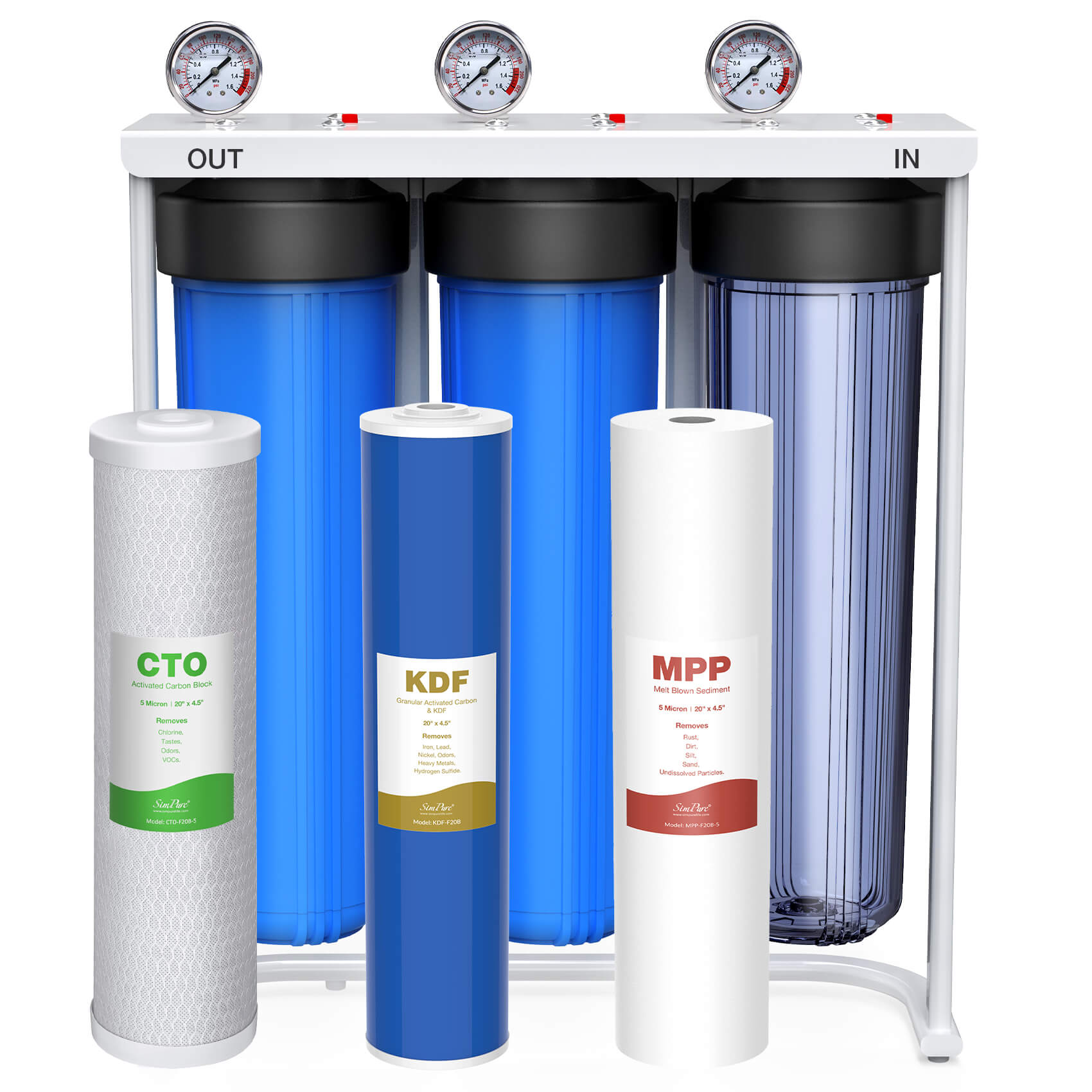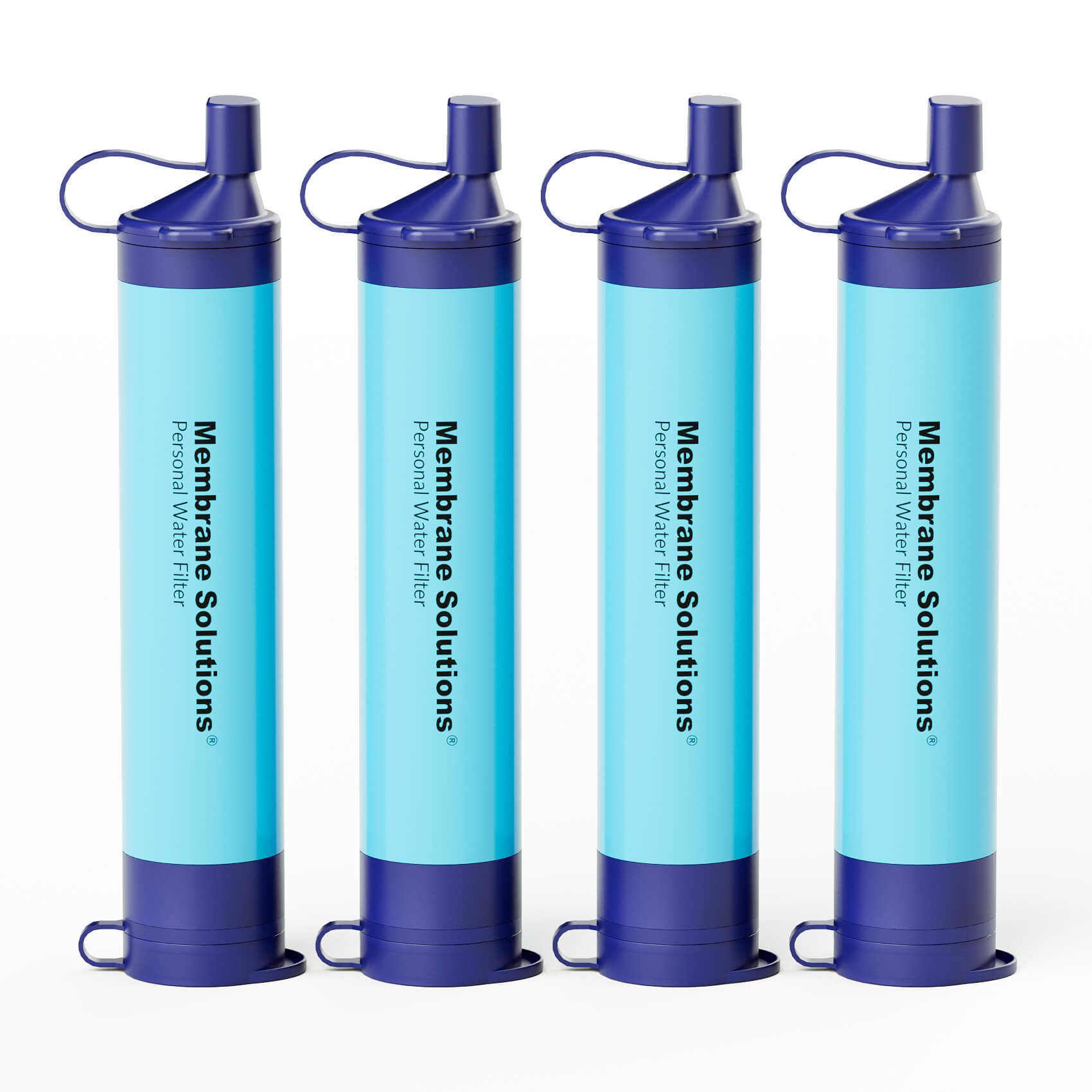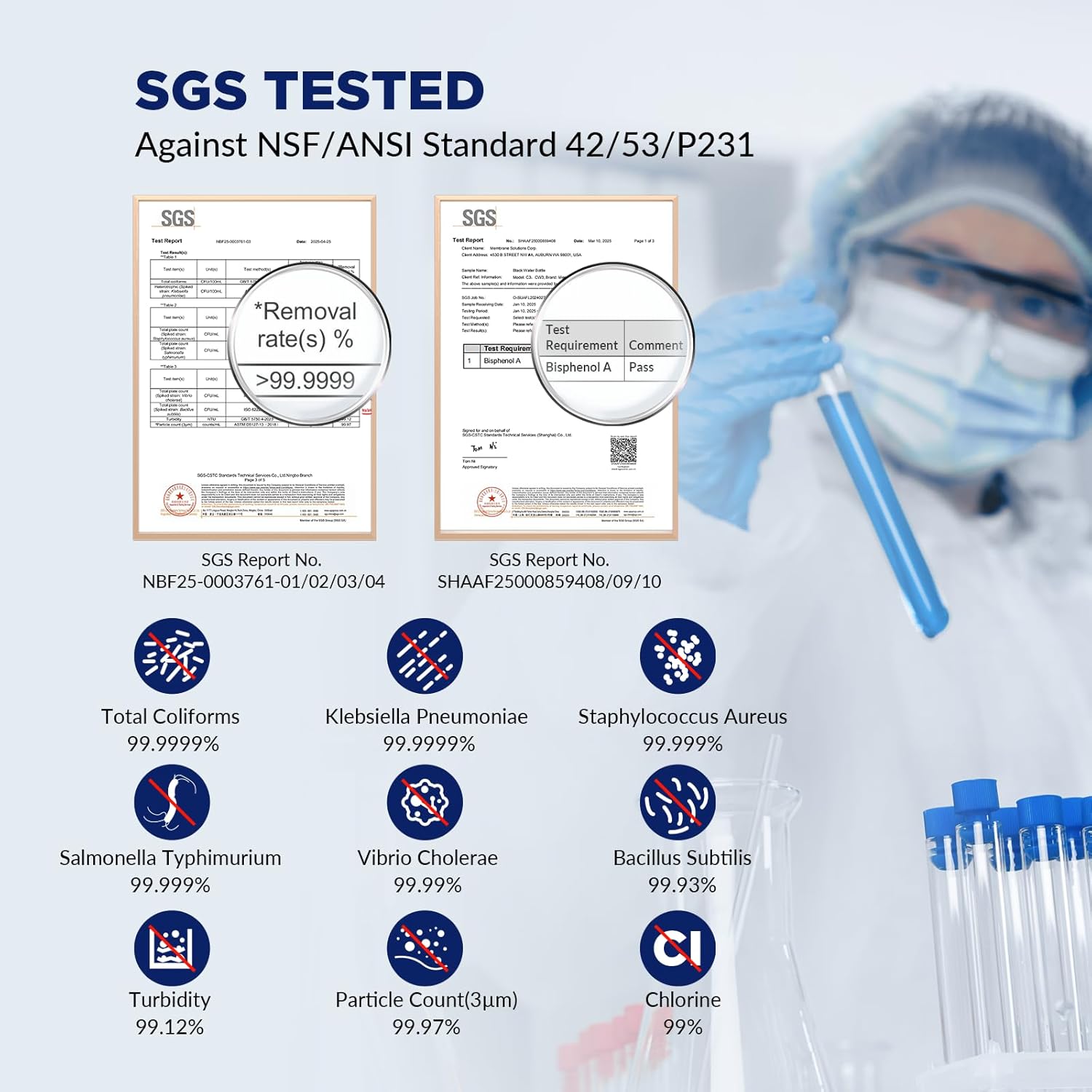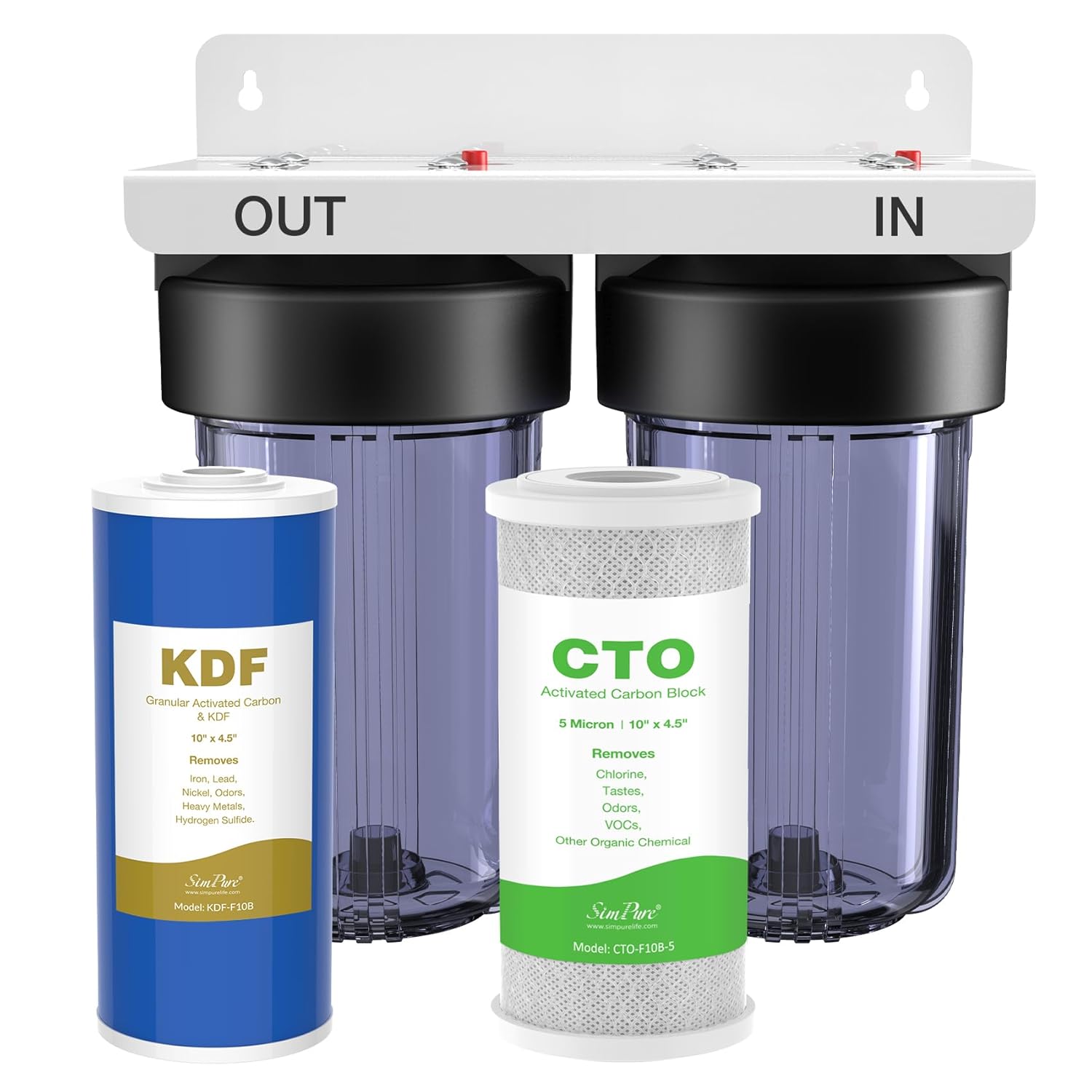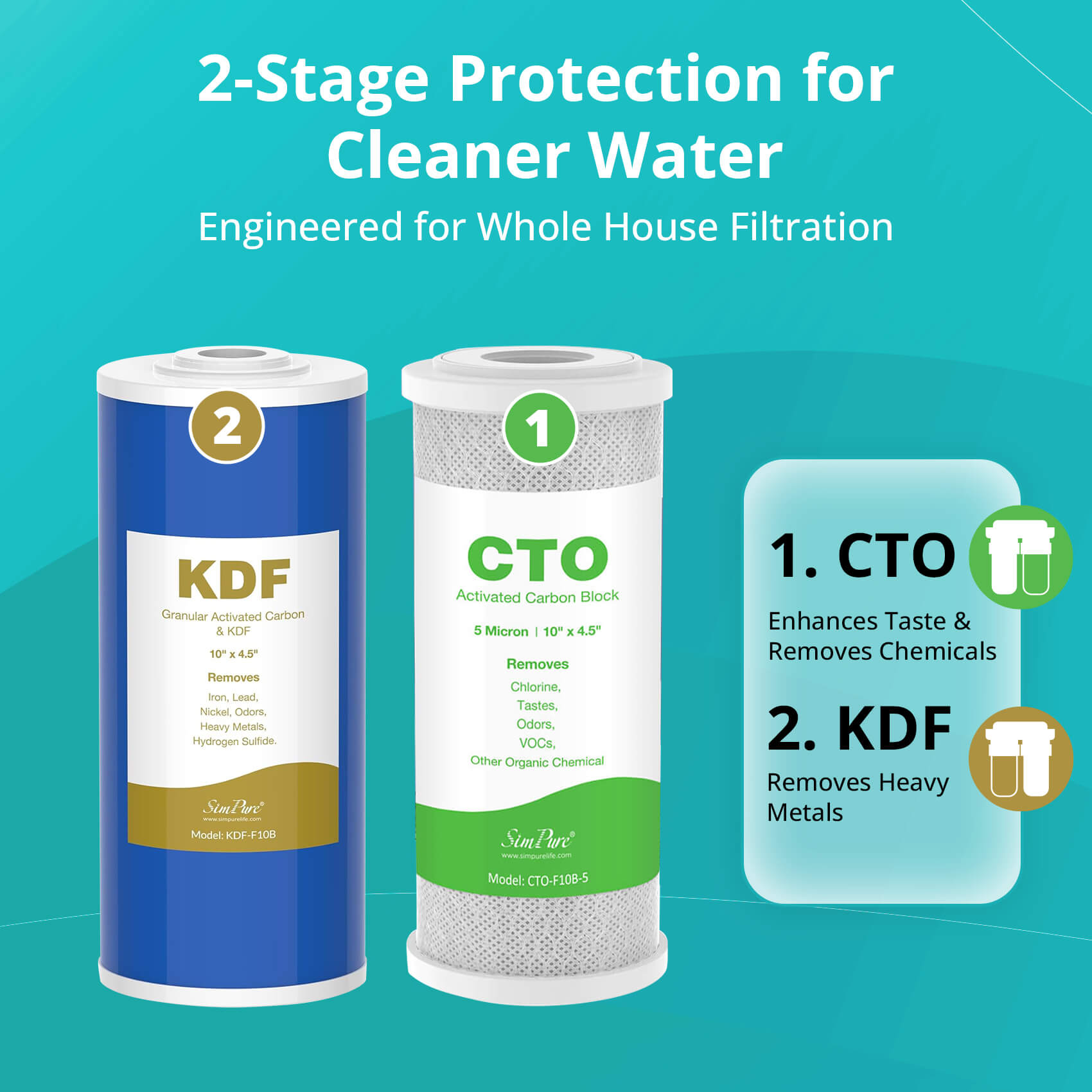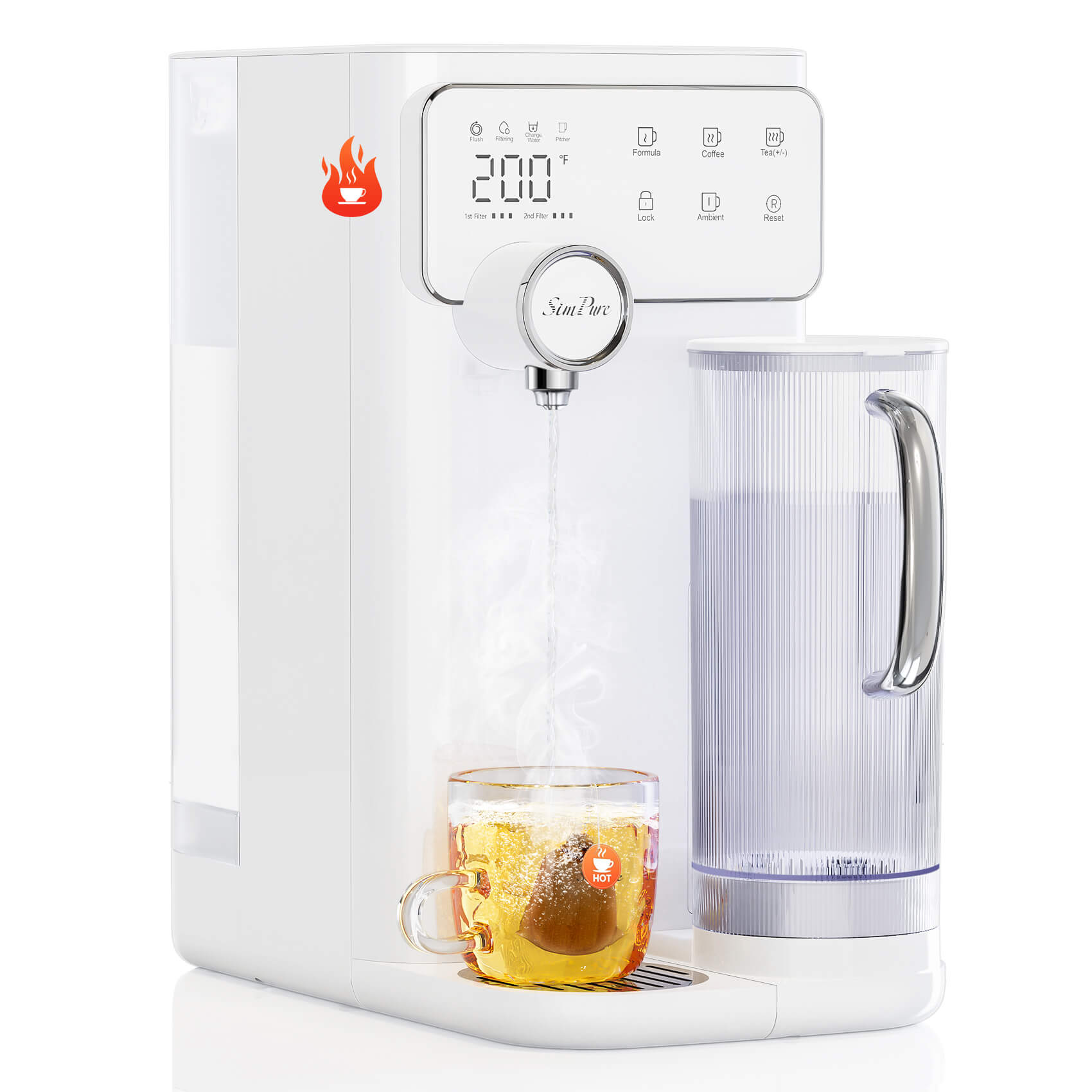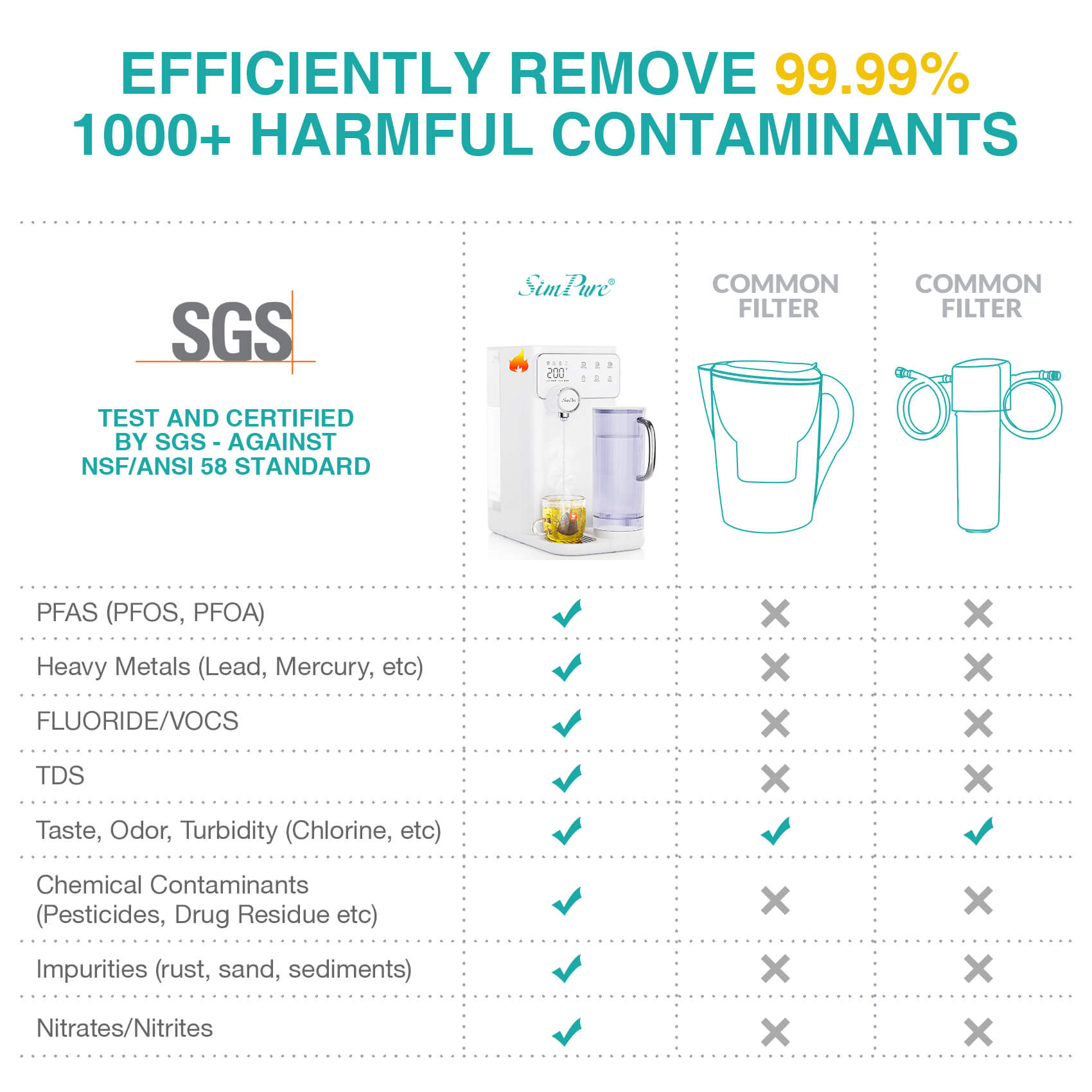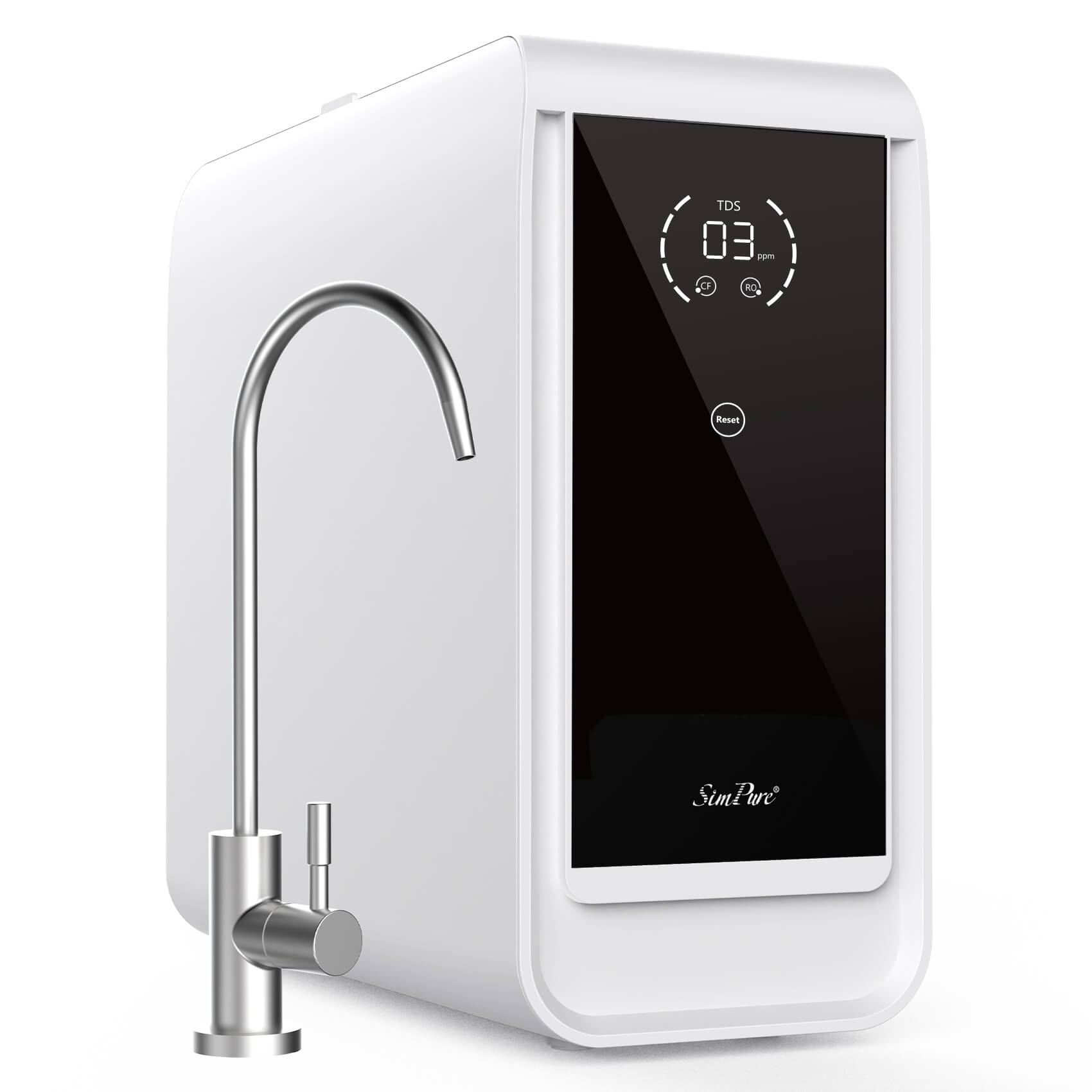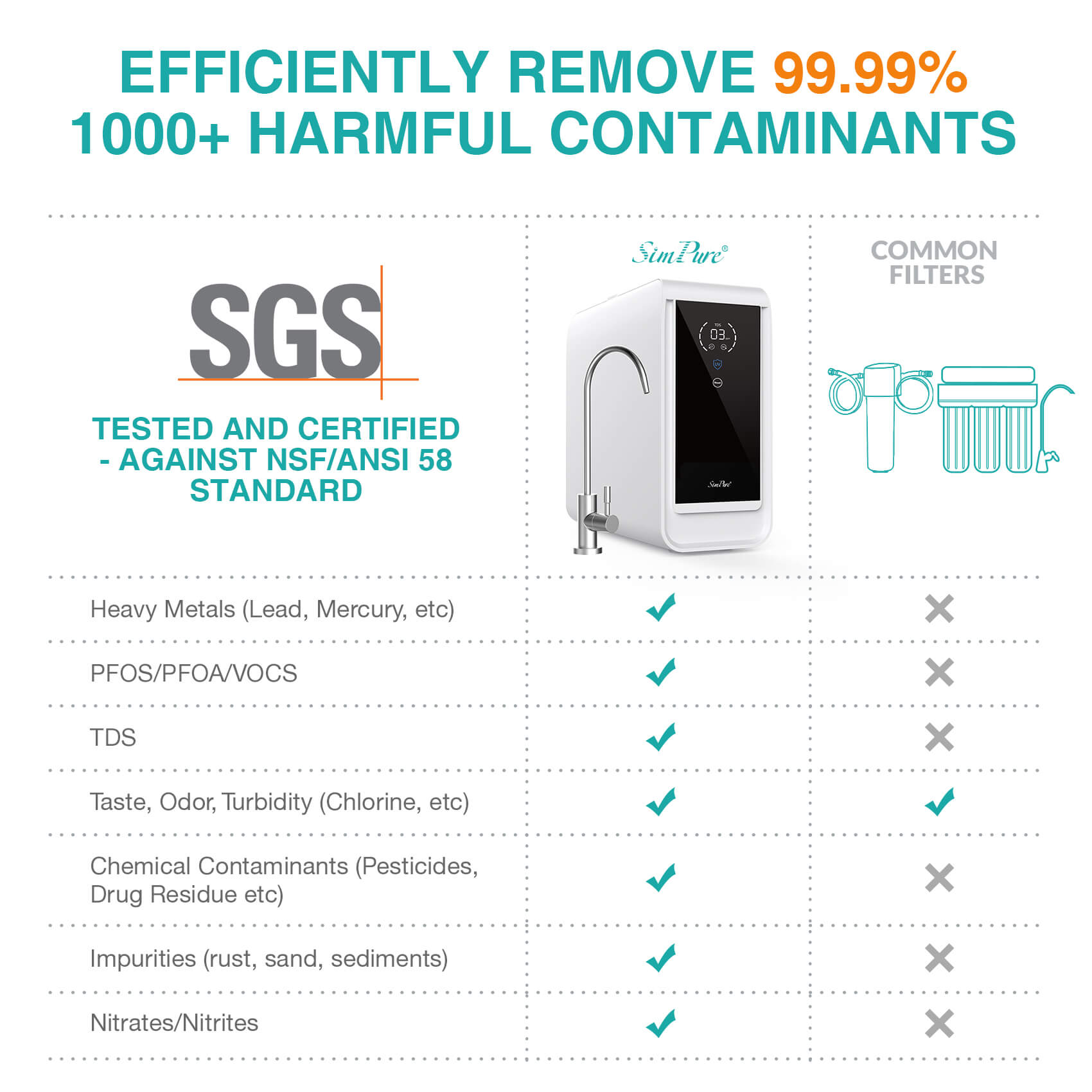Still using tap water for your carefully brewed coffee? That’s like pouring boxed wine into a crystal glass. No matter how premium your beans or precise your technique, bad water ruins everything. You don’t need to be a barista to taste the difference—just swap in purified water and watch your coffee come alive. And if waiting for the kettle drives you crazy, it’s time to go instant. Here's how to make your water as refined as your coffee ritual.
Why Water Quality Matters in Coffee Brewing?

Now that we’ve uncovered water as the hidden variable in your brew, it’s time to understand its true role. Whether you prefer freshly ground coffee, drip brew, or instant coffee, water quality still plays a key role in taste and aroma. The difference between a rich, smooth cup and a flat, bitter one often starts at the tap. Let’s explore how the clarity, purity, and consistency of your water directly shape the taste of every cup you make.
1. Taste Clarity
- Impurities like chlorine, sediment, or organic matter can introduce off-flavors.
- Purified water ensures a clean base so the actual coffee notes shine.
2. Consistency in Flavor
- Tap water varies in quality depending on location or time of year.
- Purified water offers stable quality for repeatable results with every brew.
3. Balanced Extraction
- Unfiltered water can lead to under-extracted or over-extracted brews.
- Purified water allows for a more predictable extraction process, helping to avoid bitterness or sourness.
4. Brewing Equipment Longevity
- Impurities in unpurified water can clog or degrade coffee machines over time.
- Using purified water reduces scale buildup and extends the life of your equipment.
5. Cleaner Aroma
- Impure water can dull or distort aromatic compounds in coffee.
- Clean water enhances the aromatic expression of the brew.
6. Appearance of the Brew
- Cloudy or discolored brews often come from water impurities.
- Purified water helps create a visually clean and appealing cup.
What Factors in the Water Affect the Extraction of Coffee?
A cup of coffee is composed of 98% water and 2% flavors. Water is used as a solvent to dissolve and extract the flavors of coffee powder. In addition to water temperature, water quality also affects the extraction of coffee. Let us see the details:
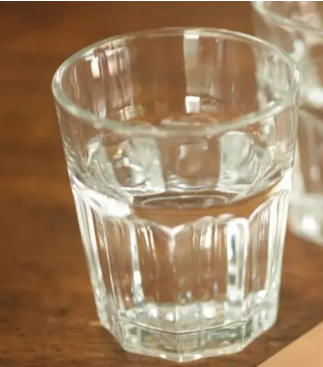
TDS (total dissolved solids)
TDS indicates the amount of dissolved substances in the water: inorganic salts and organic substances. The main components of these dissolved substances are calcium, magnesium, sodium, potassium ions, carbonate ions, and bicarbonate ions. The higher the quality of TDS, the more dissolved substances in water. The unit of TDS measurement is mg/l (milligrams per liter), and the unit of concentration is ppm. "1mg/l=1ppm"
The more dissolved substances in the water, the richer the flavor of the coffee will be extracted. However, too much dissolved matter will cause the coffee to have a peculiar taste or even bitterness. Conversely, the less dissolved substances in the water, the coffee is prone to under-extraction.
PH value (pH)
The pH is also known as the hydrogen ion concentration index, which is a scale of the hydrogen ion activity in a solution. The aqueous solution is acidic or alkaline, which is completely determined by the relative content of H+ and OH- in the solution: when OH- = H+, it is neutral (ph=7); when OH->H+ is alkaline (ph>7); It is acidic when OH-<H+ (ph<7).
Coffee is a low-acid beverage (PH value 5-6). If we use water with pH>7 to brew coffee, it will increase the pH value of the coffee and reduce the acidity of the coffee, thereby affecting the overall flavor performance of the coffee.
Brewing experiment
The barista from Front Street found in the communication with the enthusiasts that most of the daily coffee brewed by everyone uses barreled purified water/spring water. So this article focuses on testing the difference in the flavor of the same coffee beans brewed with these two different waters.
So, What Is the Best Water for Coffee?
With the importance of water quality clearly established, the next question is simple: what is the best water to use? We continue to explore:
Common Water Types Compared
1. Tap Water
- Widely accessible but often contains chlorine, sediments, and variable impurities.
- Not always ideal as purified water for coffee due to inconsistent quality.
- May introduce unwanted flavors affecting coffee taste.
2. Bottled Spring Water
- Generally cleaner than tap water but varies in purity and treatment.
- Some brands add minerals or carbonation, which can alter coffee flavor.
- Not always the best choice for purified water for coffee.
3. Filtered Water (Activated Carbon, Pitcher Filters)
- Removes chlorine and some contaminants, improving taste.
- Easier and more affordable at home but varies in filtration efficiency.
- Often a step up as purified water for coffee compared to tap water.
- Produces highly purified water by removing most impurities.
- Ideal purified water for coffee brewing due to consistency and cleanliness.
- Often requires remineralization or pH balancing for optimal extraction.
5. Distilled Water
- Almost completely pure but can produce flat-tasting coffee due to lack of dissolved solids.
- Sometimes less preferred for coffee brewing despite high purity.
- Considered purified water for coffee only in specific brewing contexts.
Recommended Solution: SimPure Y10H Instant Hot RO Water Dispenser
Looking for a water filter system that delivers both pure and instant hot water? The SimPure Y10H 6-Stage Countertop RO System is the ideal solution for modern homes and offices. Combining powerful reverse osmosis filtration with innovative heating technology, this all-in-one water dispenser ensures safe, clean, and perfectly heated water in seconds.
💡 Key Features:
- 1530W Instant Heating: Get hot water in just 3 seconds with adjustable temperature settings from 113°F to 200°F.
- 4 Temperature Modes: Room Temp, 113°F (Milk), 185°F (Coffee), and 200°F (Tea).

- Advanced 6-Stage Filtration: Includes a 5-in-1 RO + CTO filter system that removes 99.99% of PFAS, lead, TDS, microplastics, and more.
- Smart Panel Display: Monitor water levels, temperature, filter life, and more.
- Plug-and-Play Convenience: No installation required—just plug it in and enjoy.
- Eco-Friendly Efficiency: High 2.3:1 pure water to drain ratio helps reduce water waste.
- Portable Pitcher Design: Includes a 1.2L removable pure water tank for convenience.
In conclusion, don’t let bad water ruin great coffee. Whether you're a casual coffee lover or a passionate home barista, the SimPure Y10H gives you the purity and precision your daily brew needs.
👉 Discover the SimPure Y10H now and taste the difference purified water makes.
🔗 Shop the SimPure Y10H Instant Hot RO Water Dispenser
Plus, if you're into cold brew coffee—a slow-steeped method using cold or room temperature water for a smoother, less acidic taste—the SimPure Y10C Cold RO Water Filter Dispenser is ideal. With its 7-stage RO filtration and adjustable cold water (43°F–59°F), it provides the perfect base for brewing refreshing, high-quality cold brew right at home.





